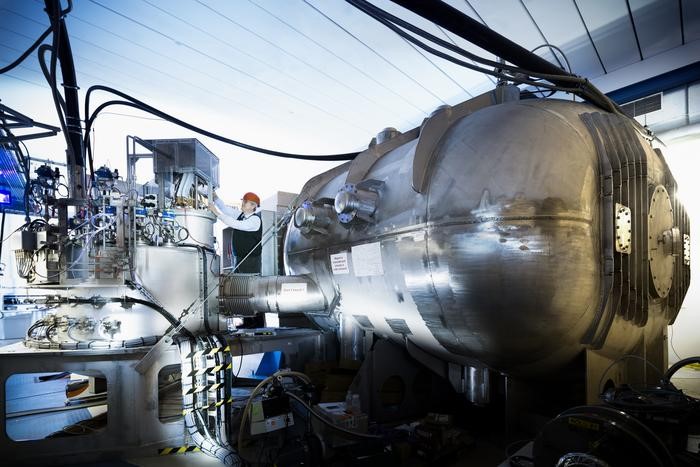Physicsworld
1M
218

Image Credit: Physicsworld
Subtle quantum effects dictate how some nuclei break apart
- Subtle quantum effects within atomic nuclei can dramatically affect how some nuclei break apart.
- Study of isotopes below lead mass led to the discovery of a new region in the nuclear landscape where fission fragments split asymmetrically due to quantum shell effects.
- This unexpected finding not only enhances the understanding of nuclear fission but also has implications for safer nuclear energy and the creation of heavy elements in astrophysical events.
- Researchers identified a stabilizing effect of proton shells at Z=36, revealing a new 'island' of asymmetric fission in lighter nuclei, which challenges previous assumptions and expands knowledge on nuclear structure's impact on fission outcomes.
Read Full Article
13 Likes
For uninterrupted reading, download the app